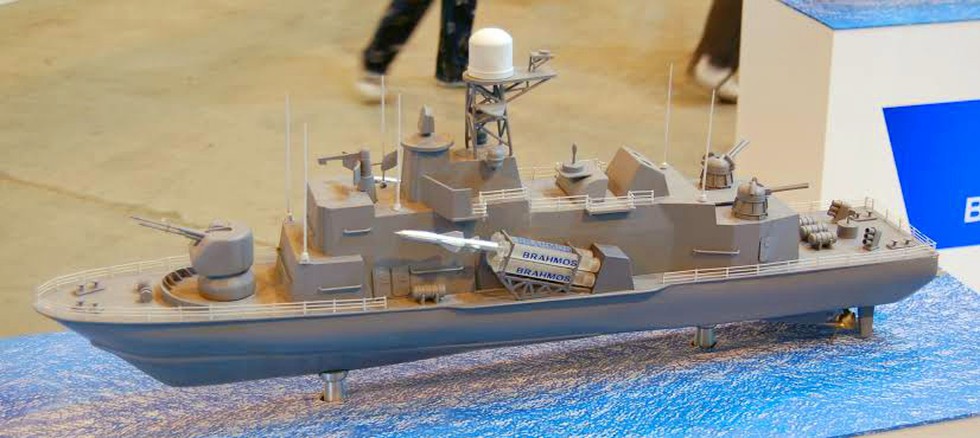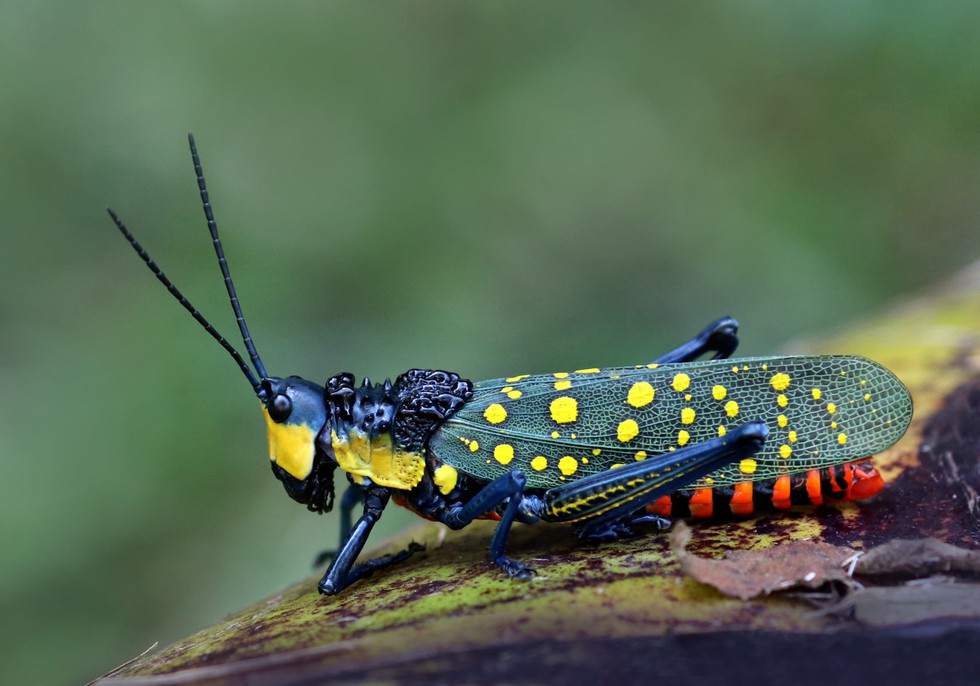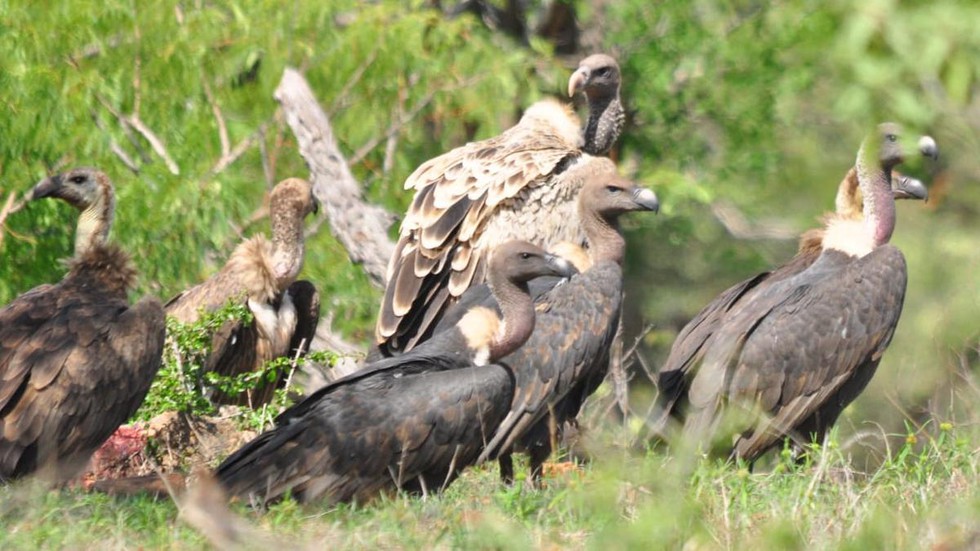1. What is Yars Missile?
Russia is testing the combat readiness of a unit equipped with Yars intercontinental ballistic missiles in a region northwest of Moscow.

About Yars Missile:
- The Yars RS-24 (NATO designation SS-29) is a Russian-made mobile nuclear intercontinental ballistic missile (ICBM) that can be mounted on truck carriers or deployed in silos.
- The first production of Yars began in 2004. It is believed to have entered into service in February 2010.
- Features:
- The missile is estimated to be 22.5 meters in length and 2 meters in diameter.
- It is a three-stage, solid propellant, MIRV-capable (Multiple Independently Targetable Reentry Vehicles) ICBM.
- The total launch weight of the RS-24 is assessed to be 49,000 kg.
- It is expected to have a minimum range of 2,000 km and a maximum range of 10,500 km.
- The missile uses a guidance upgraded system of the inertial and Glonass systems.
- The missile can be armed with up to 10 MIRVs, each containing a thermonuclear warhead weighing 300 kilotons.
- It has the capability to manoeuvre during flight and deploy both active and passive decoys, which gives Yars an advantage against modern missile defence systems.
2. What is the Society for Worldwide Interbank Financial Telecommunication (SWIFT) System?
A Russian envoy in India recently called for an alternative to the SWIFT system used for global payments, from which Russia was expelled after the beginning of war in Ukraine.

About SWIFT System:
- It is a member-owned cooperative that provides safe and secure financial transactions for its members.
- Establishment: It was founded in 1973 by 239 banks from 15 countries.
- SWIFT is a network that banks use to communicate with each other securely, mainly to give instructions for transferring funds between accounts.
- SWIFT is the largest and most streamlined method for international payments and settlements.
- SWIFT works by assigning each financial organization a unique code with either eight or 11 characters, known as a bank identifier code, or BIC.
- By standardizing communication protocols, SWIFT ensures that financial institutions can reliably conduct cross-border transactions, reducing the risks and inefficiencies associated with international banking.
- Although SWIFT is crucial to global financial infrastructure, it's not a financial institution.
- SWIFT does not hold or transfer assets but facilitates secure, efficient communication between member institutions. It transmits essential details such as the recipient’s account information and transfer amount.
- Headquartered in La Hulpe, Belgium, the system is overseen by the central banks of the G10 countries, the European Central Bank, and the National Bank of Belgium.
- Its shareholders represent around 3,500 member organisations.
- SWIFT shareholders elect a board of 25 directors who govern the organisation and oversee management of the SWIFT system.
- Because membership in SWIFT allows countries to easily conduct international financial transactions, exclusion from SWIFT is an economic sanction that can be used against countries whose actions are condemned by the global community.
3. What are Next Generation Missile Vessels (NGMV)?
American engine manufacturer General Electric recently announced that its LM2500 marine engines have been chosen to power Indian Navy’s Next Generation Missile Vessels (NGMV).

About Next Generation Missile Vessels (NGMV):
- The NGMVs would be heavily armed war vessels incorporating stealth, high speed, and offensive capability being built for the Indian Navy.
- Six NGMVs are being built by government-run Cochin Shipyard Limited (CSL) at a cost of Rs 9,805 crore.
- The delivery of ships is scheduled to commence from March 2027.
- The primary role of the ships would be to provide offensive capability against enemy warships, merchantmen, and land targets.
- These ships will be capable of conducting Maritime Strike Operations and Anti Surface Warfare Operations and would be a potent instrument of sea denial for enemy ships, especially at choke points.
- In a defensive role, these ships would be employed for Local Naval Defence operations and seaward defence of Offshore Development Area.
- Features:
- The core of the NGMV propulsion system is the LM2500, a marine gas turbine, manufactured by the American engine manufacturer General Electric. LM2500 is engineered to unleash superior power while meeting stealth requirements.
- With a top speed of 35 knots (64 kmph), these vessels carry an array of anti-surface weapons.
- The CSL will equip the vessels with loitering munitions, unmanned vehicles, and other guided weapons to add to its firepower.
- The NGMVs' primary weapon is anticipated to be the BrahMos supersonic cruise missile, capable of striking targets at long ranges.
4. What is Spotted Locust?
Farmers in Idukki, Kerala, are now reeling under the menace of spotted locust infestation.

About Spotted Locust:
- It is a colorful grasshopper belonging to the family Pyrgomorphidae found in South and Southeast Asia.
- Scientific Name: Aularches miliaris
- Habitat: They are found on bushes or grasses in the agricultural area or forest.
- Features:
- The head and thorax are dark blue with yellow bands under the eyes to the mouth; the abdomen is red with black bands.
- The legs are dark blue, and the femur has a yellow serrated pattern. The wings are green-brown with many yellow spots.
- The bright warning colours keep away predators, and their defence when disturbed includes the ejection of a toxic foam.
- This species can also make a sharp rasping voice.
- The movement of this species is slow, which makes them easily caught.
- It jumps in low and doesn’t fly.
- It is an herbivore (folivore) insect that eats leaves of the host tree.
5. Mera Hou Chongba Festival
Recently, people in Manipur celebrated the Mera Hou Chongba festival symbolizing unity amongst the indigenous people.

About Mera Hou Chongba Festival:
- It is an annual festival observed in order to strengthen the cordial bond between the indigenous communities living in hills and valley people.
- It is only a festival wherein both hills and valley indigenous communities are observed together in the State
- This festival has been celebrated right from the time of Nongda Lairen Pakhangba in the first Century C.E.
- Every year, in the month of Mera, which falls in September/October, this festival is celebrated, in which all the village Chiefs or Khullakpas and peoples from the surrounding hill areas fully take part
- The royal palace officials share the same dias as the multiple village chiefs from communities such as Mao, Kabui, Zeme, Kom, Liangmei, and many more.
- The main function of Mera Hou Chongba festival is the exchange of gifts between the King and village Chiefs and performance of cultural shows and sports.
6. Musaned Platform
Recently, Saudi Arabia platform called Musaned to ensure wage protection, human rights of expat workers.

About Musaned Platform:
- It is a digital platform launched by Saudi
- Under this platform foreign workers in the domestic (household) work sector can check the existing employment contracts and follow updates in a dedicated Musaned labour app.
- Features
- This system allows foreign embassies to have “view access” on the system on “all the details related to their citizens working in Saudi (employer name, location, endorsed contract.”).
- It allows the foreign missions a “view access” aimed at resolving labour disputes more efficiently.
- It will benefit at least 10 African countries like Sudan, Ethiopia, Uganda, Egypt and Kenya as well as nine Asian countries such as India, Bangladesh, Pakistan, Vietnam, Philippines and Sri Lanka.
- It can be linked with contract insurance and health benefits.
- This platform would protect human rights and provide a “stable working environment” for both the employee as well as the employers.
- The most important feature of this platform is that it provides a “wage protection system” by following the employers’ obligations to pay the monthly wages for the workers.
- The digital platform can track financial transactions between the employers and the foreign workers, thereby ensuring the employers will fulfill the contractual obligations towards the foreign workers.
Source : Saudi Arabia launches digital platform to ensure wage protection, human rights of expat workers
7. Hyperuniformity
Researchers have explored the mechanism behind the emerging property of recently discovered exotic disordered states of matter, known as “hyperuniformity”.

About Hyperuniformity:
- It is a property of certain heterogeneous media in which density fluctuations in the long-wavelength range decay to zero.
- Hyperuniform disordered materials have been observed in a variety of settings, such as in quasicrystals, large-scale structures of the universe, soft and biological emulsions and colloids, etc.
- Feature: One of the most striking characteristics of such a state is that mass fluctuations are greatly suppressed as the system size grows.
- Applications:
- Hyperuniform materials have distinctive characteristics that could have technological or biological applications.
- The mechanism of hyperuniformity could be used to control various physiological functions in cells, and energy-efficient photonic devices (such as photonic band-gap materials)
- It could be used for optical data transmission and communications.
8. What are Trojan asteroids?
Scientists have finally discovered a Trojan asteroid for Saturn, thereby establishing the presence of these celestial bodies alongside all giant planets in our solar system.

About Trojan asteroids:
- Trojan asteroids are a class of asteroids that occupy a stable Lagrange Point in a planet’s orbit around the sun.
- These are usually found around Lagrange Point L4 or L5 points which makes them gravitationally stable.
- These are thought to be remnants of the primordial materialthat formed the outer planets.
- Their orbit around the sun is similar to the orbit of the planet they are associated with.
- These were discovered by German astrophotographer Max Wolf in 1906, but they were named so later.
- They have unusual orbits, remain gravitationally stable for long periods of time and studying them can provide useful insights into the evolution of the solar system.
What are Lagrange points?
- A Lagrange point is a position in space where the gravitational pull of two large masses precisely equals the centripetal force required for a small object to move with them.
- These points in space can be used by spacecraft to reduce fuel consumption needed to remain in position.
- The Lagrange points are named in honour of Italian-French mathematician Josephy-Louis Lagrange, and there are five of them: L1, L2, L3, L4, and L5.
- The L1 point of the Earth-Sun system affords an uninterrupted view of the Sun.
- It is currently home to the Solar and Heliospheric Observatory Satellite SOHO.
9. Long-billed Vulture
A study published recently has highlighted that the population of the critically endangered long-billed vulture has seen a steady increase between 2015 and 2021, with the species exhibiting a 74% breeding success rate in the Mudumalai Tiger Reserve (MTR).

About Long-billed Vulture:
- It is an old World vulture native to Asian region.
- They are also known as Indian long-billed vultures due to their comparatively longer beak.
- It is a medium-sized and bulky scavenger feeding mostly on the carcasses of dead animals.
- Females of this species are smaller than males.
- Habitat: They are usually found in savannas and other open habitats around villages, cities, and near cultivated areas.
- Distribution: These are native to India, Pakistan, and Nepal.
- Conservation status
- IUCN Red List: Critically Endangered
- Threats: The Indian vulture has suffered a 97-99% population decrease due to poisoning caused by the veterinary drug diclofenac. This drug is toxic for vultures; it was given to working animals as it reduced joint pain and so kept them working for longer.
Key facts about Mudumalai Tiger Reserve
- It is located in the Nilgiris District of Tamil Nadu state at the tri-junction of three states, viz, Karnataka, Kerala and Tamil Nadu.
- It has a common boundary with Wayanad Wildlife Sanctuary(Kerala) on the West, and Bandipur Tiger Reserve (Karnataka) on the North.
- Vegetation:A variety of habitats ranging from tropical evergreen forest, moist deciduous forest, moist teak forest, dry teak forest, secondary grasslands and swamps are found here.
- Flora:The Reserve has tall grasses, commonly referred to as “Elephant Grass”, Bamboo of the giant variety, valuable timber species like Teak, Rosewood, etc.
- Fauna:Elephants, Gaur, Tiger, Panther, Spotted Deer, Barking Deer, Wild Boar, Porcupine etc.


























































































































































.png)
.png)
.png)
.png)
.png)


.png)
.png)
.png)





.png)
.png)






.png)
.png)
.png)
.png)
.png)
.png)
.png)
.png)
.png)

.png)







.png)
.png)


.png)
.png)
.png)


.png)

.png)
.png)





.jpg)

.png)
.png)


.png)

.png)
.png)
.png)

.jpg)

.jpg)


.png)

.png)
.png)
.png)
.png)
.png)
.png)
.png)
.png)
.png)
.png)




.png)

.png)





.png)
.png)
.png)
.png)
.png)
.png)
.png)
.png)
.png)
.png)
.jpg)
.jpg)

.png)
.png)
.png)
.png)
.png)
.png)
.png)
.png)
.png)
.png)
.png)
.png)
.png)
.png)
.png)
.png)
.png)
.png)
.png)
.png)
.png)
.png)



.png)
.png)

.jpg)
.jpg)


.jpg)
.jpg)
.jpg)
.jpg)
.jpg)

.jpg)








.jpg)
.jpg)
.jpg)
.jpg)
.jpg)

















.jpg)
.jpg)







.jpg)


















.jpg)
.jpg)






























































































.jpg)
.jpg)


























.jpg)

.jpg)










.jpg)








.jpg)




.jpg)










.jpg)


















.jpg)












































.jpg)














.jpg)
.jpg)
.jpg)





.jpg)

.jpg)
.jpg)





































































.jpg)


































.jpg)
.jpg)
















































.jpg)












.jpg)


.jpg)




.jpg)
.jpg)
.jpg)

.jpg)
.jpg)
.jpg)
.jpg)

.jpg)
.jpg)
.jpg)

.jpg)
.jpg)
.jpg)
.jpg)
.jpg)
.jpg)
.jpg)
.jpg)

.jpg)


.jpg)
.jpg)
.jpg)
.jpg)
.jpg)
.jpg)
.jpg)
.jpg)
.jpg)
.jpg)











.jpg)
.jpg)





.jpg)
.jpg)
.jpg)
























.jpg)
























.jpg)









.jpg)
.jpg)







.jpg)
.jpg)









































.jpg)
.jpg)
.jpg)
.jpg)
.jpg)

.jpg)
.jpg)
.jpg)
.jpg)
.jpg)


.jpg)
.jpg)
.jpg)
.jpg)
.jpg)

.jpg)
.jpg)
.jpg)
.jpg)
.jpg)
.jpg)
.jpg)
.jpg)
.jpg)
.jpg)
.png)

.png)
.png)

.png)
.png)
.png)
.png)


.jpg)
.jpg)

.jpg)
.jpg)
.jpg)

.png)
.png)
.png)
.png)
.png)
.png)
.png)

.png)
.png)
.png)
.png)
.png)
.png)
.png)
.png)
.png)
.png)





































































-min.png)



.png)




.png)








































